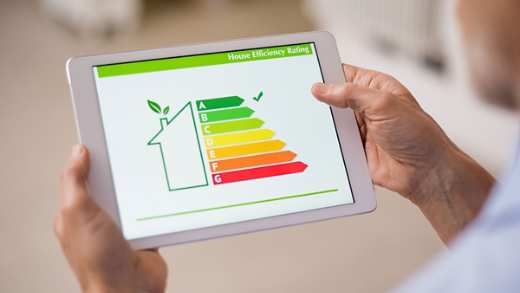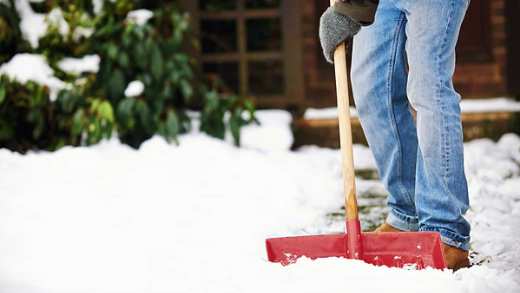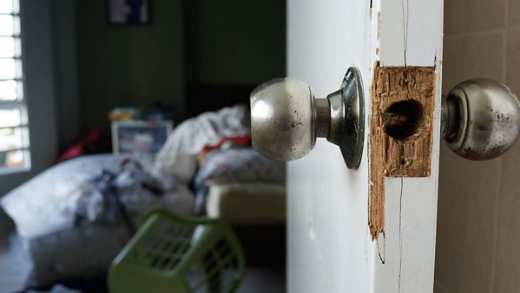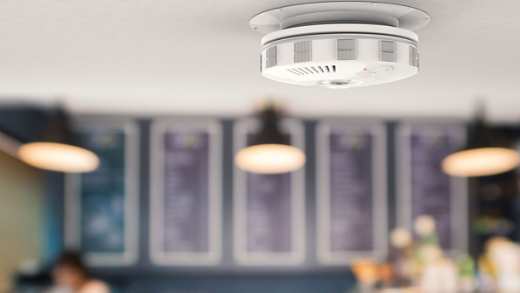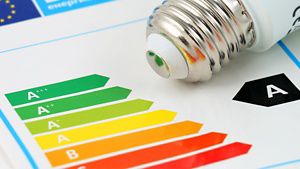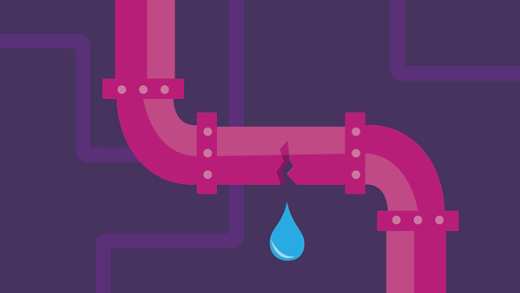If you have water damage in your house and don’t realize it early enough, it can lead to several detrimental consequences – both for your house and your and your family’s health.
Regularly inspecting your house to detect any water damage is crucial, as it allows you to take action as soon as you notice any problem.
Here’s how to spot the signs of water damage and what to do to prevent serious damage to your home.
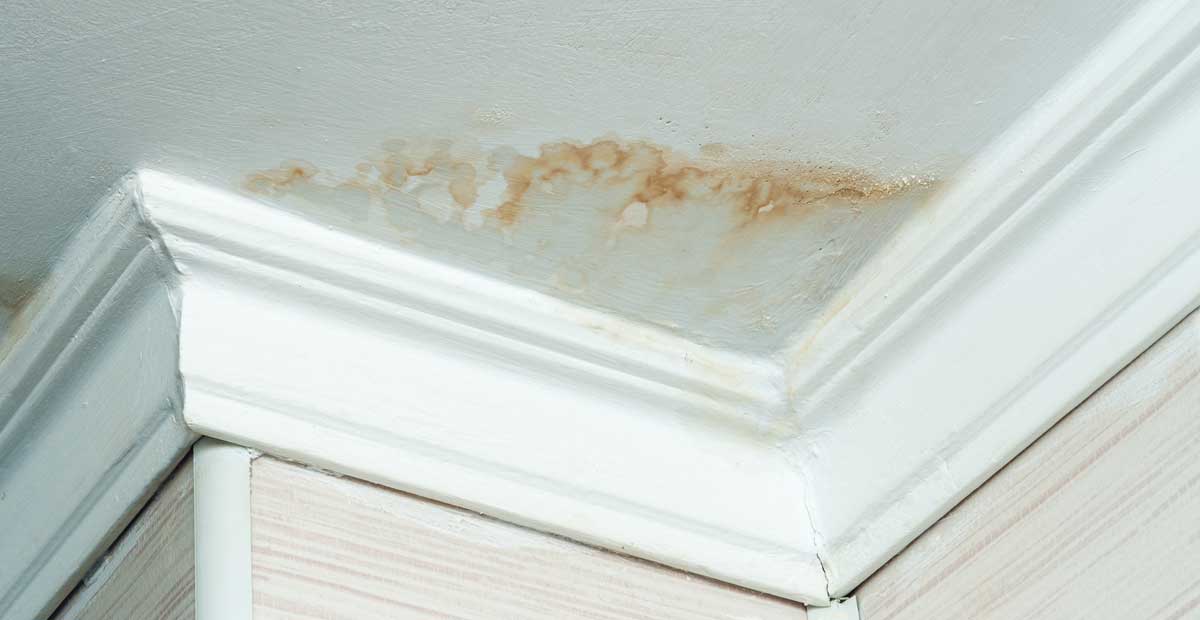
Does my insurance policy cover water damage?
Water damage can be devastating to a home no matter the source, but when it comes to insurance, it’s important to know exactly what you’re covered against.
For your policy to come into effect, an ‘insured event’ has to occur. For example, say your roof is damaged during a storm, and a leak occurs. Aviva would provide cover for loss or damage to your roof, as ‘storm’ is listed as an insured event on your policy. However, if you get a leak from your roof as a result of wear and tear that hasn’t been properly maintained, this is not an insured event, and therefore would not be covered. You can read our HomeCare Policy Document for more information.
This is why it’s crucial to regularly check your home and fittings for any signs of wear and tear, especially in the winter months. Keeping your home up to date and fixing issues as soon as they crop up will stand you in good stead for the future.
Signs that you may have water damage
Mold
Mold is one of the most dangerous signs of water damage that can be a serious problem in your home. Finding mold in your house always indicates an issue – it could mean either humidity issues or an escape of water in your house. If you manage to fix a leak and the mold disappears, you can rest easy, but if the cause is humidity, you will likely need a professional to solve the problem.
Damp smell
If you notice a musty or damp smell in your home, it could be a sign of water damage. Pay attention to areas like basements, bathrooms and crawl spaces, as these are more prone to moisture problems.
Stains and discoloration
Keep an eye on stains and slight colour discolorations on walls, ceilings or floors. Water stains often appear as yellowish-brown marks or darker spots. These can indicate leaks or water escape, suggesting the presence of water damage.
Warped or buckling surfaces
When water infiltrates materials like wood or laminate, it can cause them to warp, buckle, or become uneven. Check your floors, walls and furniture for any noticeable changes in shape or texture, as this could be a sign of water damage.
Peeling or bubbling paint/wallpaper
Water causes paint or wallpaper to peel, bubble or appear swollen. If you notice these issues, it's likely that water is affecting the underlying surfaces. Pay attention to areas near windows, sinks or pipes, where leaks are more common.
Water stains on the ceiling
A sagging or stained ceiling is often a clear indication of water damage from a leaky roof or plumbing issue. If you notice any signs of a leak in the ceiling like discoloration, sagging or water dripping, it's crucial to address the problem immediately to prevent further damage.
Water accumulation
Wet spots are obvious signs of a water problem. They could be caused by a leaking pipe, a faulty appliance, or poor drainage. Take the time to investigate the source and take the necessary steps to fix the issue as quickly as you can.
Unexplained increase in water bills
If your water bill suddenly spikes without any noticeable change in your usage, it could be a sign of a hidden water leak. Monitor your water bills closely and investigate any unexplained increases, as it may indicate water damage that needs attention.
Respiratory health issues
One of the most serious signs of a water-induced mold problem in your home can be respiratory issues in you or your family members. Mold is known to cause a myriad of health issues including respiratory infections, asthma, and severe allergic reactions. If you suffer from symptoms like chronic respiratory infections, itchy or dry eyes, constantly stuffy nose or wheezing breath, and suspect it could be due to mold in your home, it’s important to fix the issue as soon as you can.
How to detect water damage
Detecting the source of water damage can sometimes be challenging, but it’s worth it to minimise any further damage to your home or belongings. Here are some steps to help you determine the cause of the water damage.
- Inspect the affected area of your home for visible signs of water, such as leaks, drips or pooled water.
- Trace the water stains or moisture back to its source to determine the path of the water. If you spot water damage in your ceiling, go to the nearest water source on that floor.
- Check plumbing fixtures, appliances and pipes for signs of leaks, loose connections or damaged components.
- Examine the roof, gutters and exterior walls for any issues like damaged shingles, cracked flashing, clogged gutters or gaps in sealants.
- Consider weather conditions and external factors that could contribute to water damage, such as heavy rainfall, drainage problems or improper landscaping.
If you're unable to identify the cause of the water damage yourself, seek professional assistance from plumbers, roofers, or water damage restoration specialists.
Common causes of water damage
Water damage in homes can occur due to various reasons. Here are some of the most common causes:
- Plumbing leaks (pipes, fittings, fixtures)
- Roof leaks (damaged shingles, cracked flashing)
- Appliance malfunctions (washing machines, dishwashers, water heaters)
- Burst or leaking pipes (extreme cold weather, aging pipes)
- Plumbing system issues (clogged drains, sewer backups)
- Poorly sealed windows and doors
- HVAC system issues (clogged condensate drains, malfunctioning equipment)
- Natural disasters (floods, hurricanes, storms)
- Human error (leaving taps running)
Steps to take after spotting signs of water damage
If you find any of the above water damage signs in your home, it's essential to take immediate action. Here are the steps you should follow:
Disconnect the electricity
If there is standing water, ensure that the electricity in the affected area is turned off for your safety. If you're unsure about the safety of the situation, it's best to consult a professional before taking any action.
Stop the flow of water
If the leak is large and there is a lot of water coming out, shut off the water supply to the affected area or the entire house to prevent further water damage. This may involve turning off the main water valve or isolating the specific water line causing the issue.
Dry the area
The sooner you can remove the water, the better, as it reduces the risk of additional damage and mold growth. Use fans, dehumidifiers or open windows to increase air circulation and aid in the drying process.
Document the damage
Ensure to take photos or videos of the water damage for your insurance provider. Proper documentation can support your claim.
Contact your insurance company
Notify your insurance company about the water damage as soon as you can. Provide them with the necessary documentation, such as photos and a detailed description of what happened. They will guide you through the claims process and help determine coverage for repairs.
Remember, water damage can be complex and the consequences can sometimes be irreversible. That’s why it's essential to regularly inspect your home for signs of water damage and address any issues promptly.
If you do spot signs of water damage in your home, it’s important to have an insurance provider you can trust. Aviva’s home insurance options offer great cover at an affordable price with loyalty and security discounts, and a 24-hour emergency helpline. Check out Aviva home insurance cover and see if it could be right for you – get 15% off simply for buying online.1





